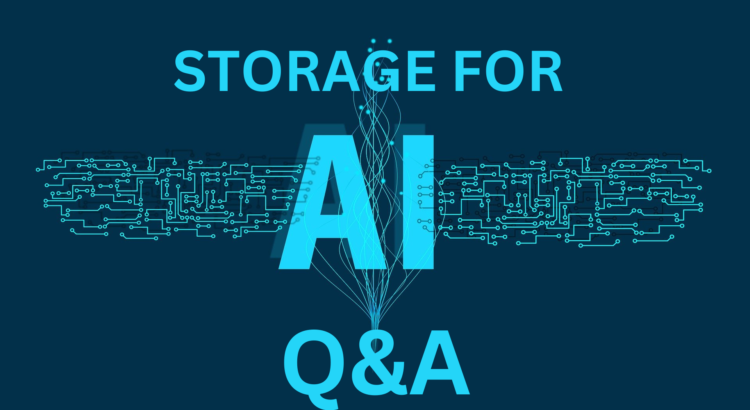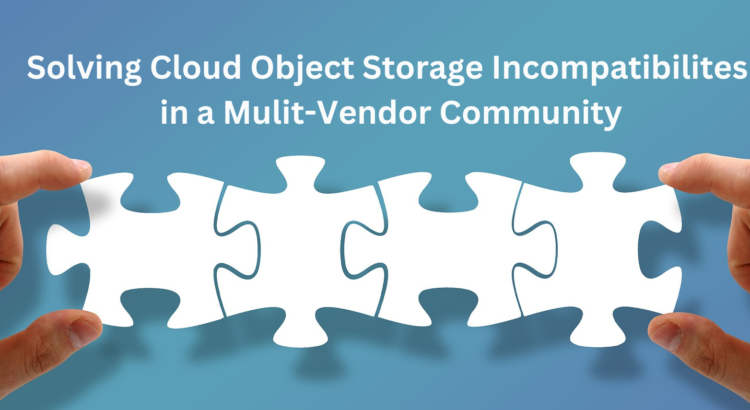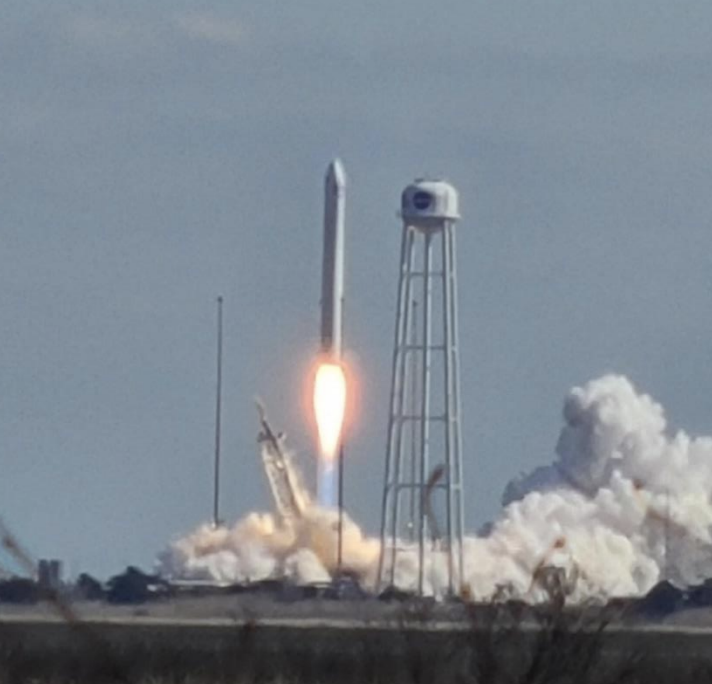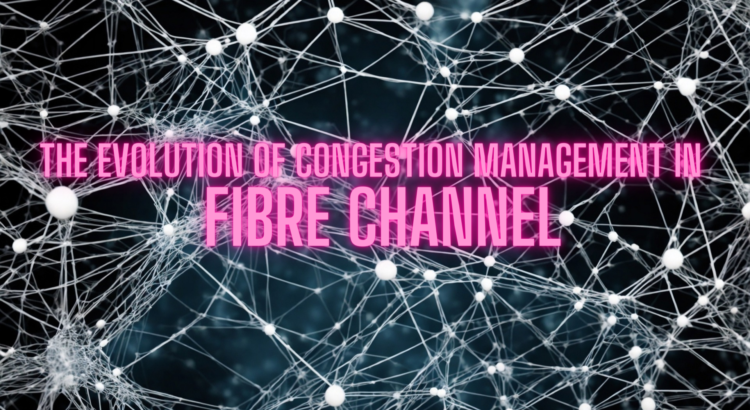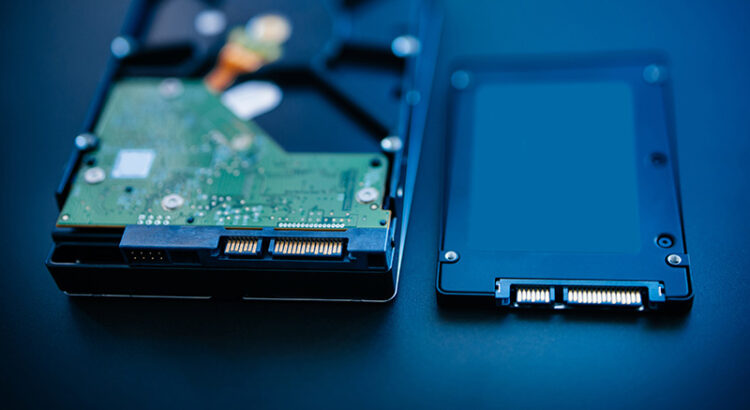New memories like MRAM, ReRAM, PCM, and FRAM are vying to replace embedded flash and, eventually, even embedded SRAM. In our Deep Look at New Memories webinar, our speakers Arthur Sainio, SNIA Persistent Memory Special Interest Group Co-Chair, Tom Coughlin of Coughlin Associates, and Jim Handy of Objective Analysis took a present and future look, explaining the applications that have already adopted new memory technologies in the marketplace, their impact on computer architectures and AI, the outlook for important near-term changes, and how economics dictate success or failure. If you have not yet watched the webinar, check it out in our SNIA Educational Library!
The audience was highly engaged and asked many interesting questions, some which were answered at the end of the webinar. However, we could not get to all of them, so our Q&A covers those that remained. Feel free to reach out to us at askcms@snia.org if you have more!
Q: How long will it take for a new memory to replace DRAM?
A: DRAM has a couple of things going for it that any prospective rival does not, and that’s the fact that it’s already produced in enormous volumes (about 20 billion chips per year) and it has more than five decades of learning behind it. Any rival will need to compete against DRAM on cost, and that will naturally take advantage of the new memory’s ability to go far beyond DRAM’s scaling limit, but the new memory will also need to be produced in high enough volume to supersede DRAM’s advantages in volume and learning. That’s going to take some time, but we think that the mid-2030s may see a transition underway. Read More

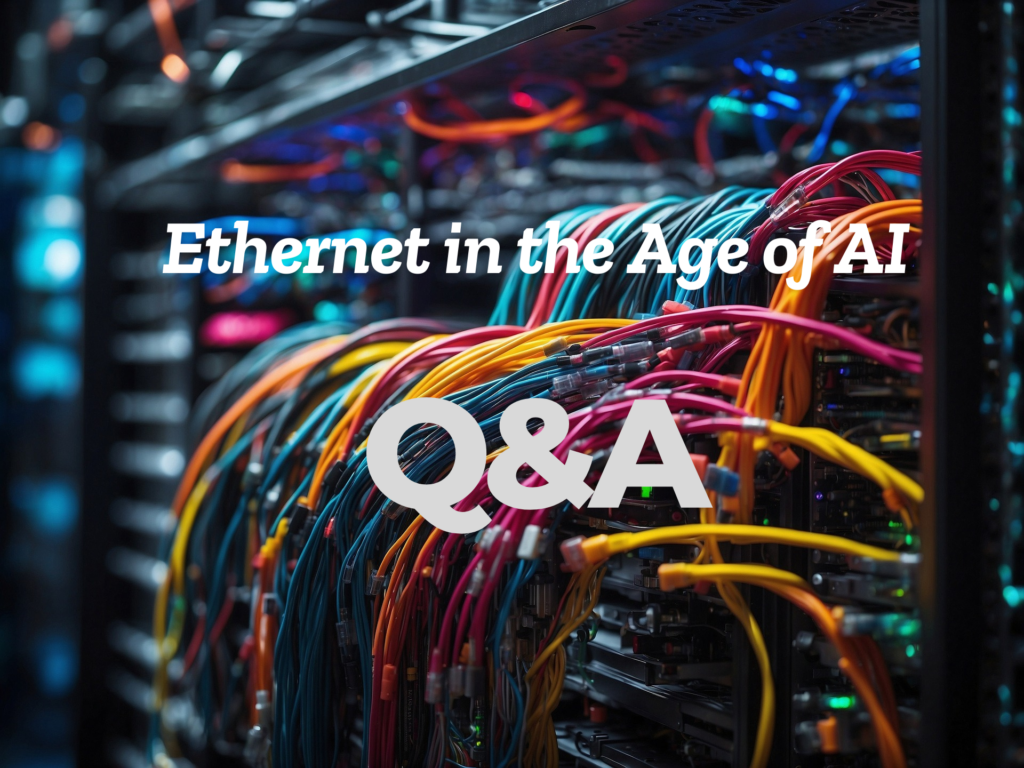
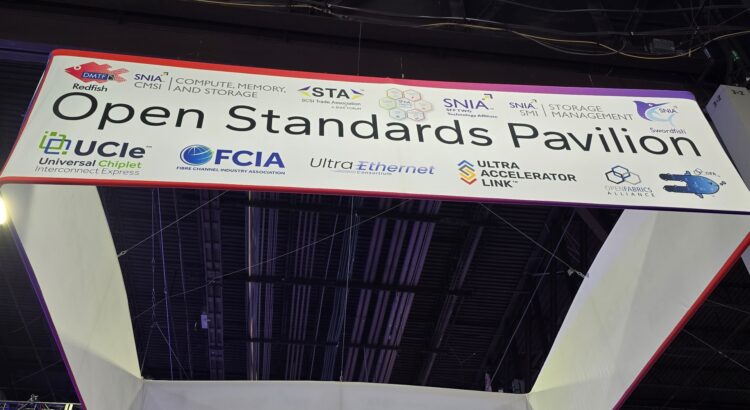
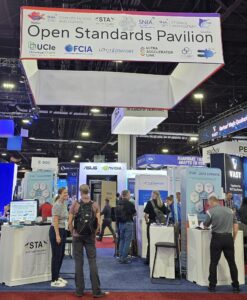 Technology leaders from DMTF, Fibre Channel Industry Association, OpenFabrics Alliance, SNIA, Ultra Accelerator Link Consortium, Ultra Ethernet Consortium, and Universal Chiplet Interconnect Express™ Consortium shared how these standards are collaborating to foster innovation as technology trends accelerate. CXL® Consortium, NVM Express®, and PCI-SIG® joined these groups in a
Technology leaders from DMTF, Fibre Channel Industry Association, OpenFabrics Alliance, SNIA, Ultra Accelerator Link Consortium, Ultra Ethernet Consortium, and Universal Chiplet Interconnect Express™ Consortium shared how these standards are collaborating to foster innovation as technology trends accelerate. CXL® Consortium, NVM Express®, and PCI-SIG® joined these groups in a 